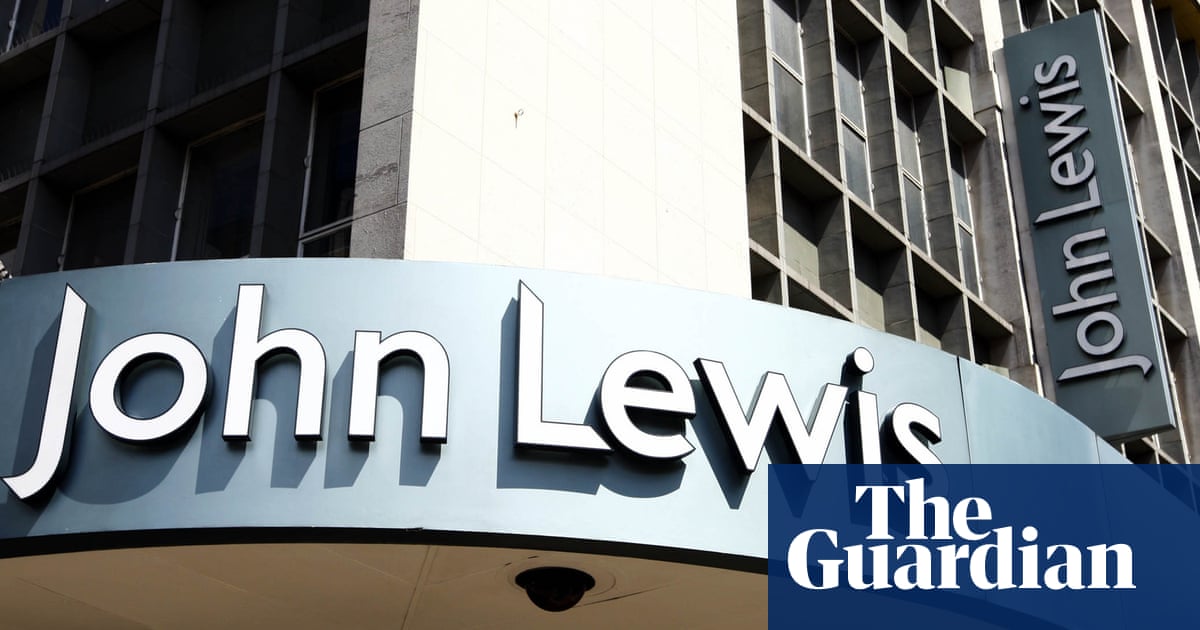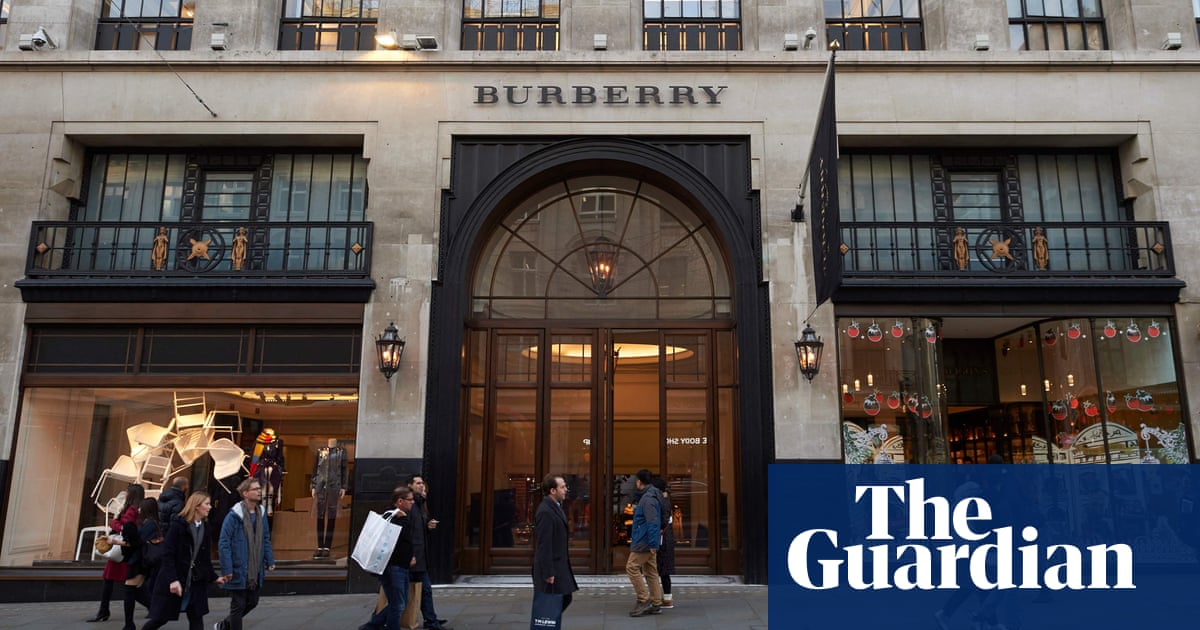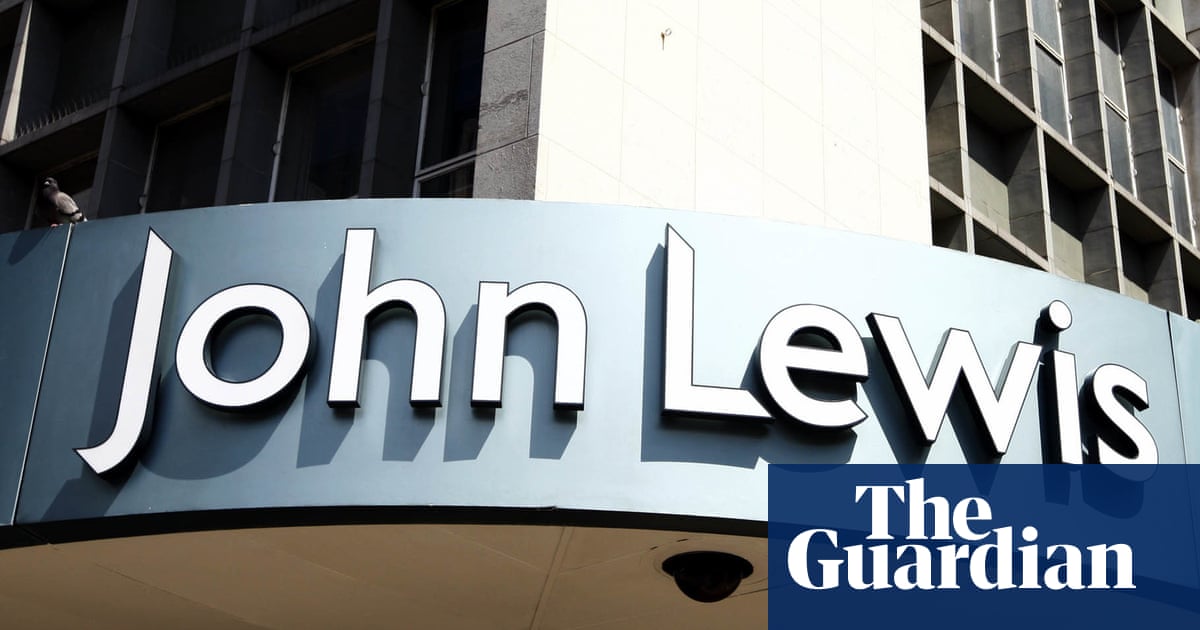
Jason Tarry was starting his first day as chairman of the John Lewis Partnership on Monday with a full in-tray, after his predecessor Sharon White signed over control on Friday.
The former Tesco executive will be hoping to accelerate a nascent turnaround at the business, which owns the Waitrose supermarket chain and 34 department stores, sufficient to announce the first annual staff bonus in three years in March next year.
Tarry brings significant retail experience to the role, with three decades spent with Tesco after joining its graduate scheme. At Britain’s biggest retailer, he cut costs – and jobs – and helped former chief executive Dave Lewis’s turnaround after an accounting scandal.
Last week, the partnership’s chief executive, Nish Kankiwala, claimed “the buzz is back” as he announced that half-year pre-tax losses almost halved amid a recovery at the group’s supermarkets that offset falling sales at its department stores.
However, Kankiwala did not commit to the return of the annual reward for the mutual’s “partners” – as staff are known as they jointly own the business – which they last received in 2022.
If he pushes the button on restoring the bonus, Tarry will have a keen eye on the bill. It could, however, be less costly in future as the group has gradually been reducing staff numbers with 69,000 partners, down 3,000 on this time last year and 7,000 fewer than in 2022. Despite the reduction, the vast majority of its employees have left through natural attrition, when workers are not replaced when they leave.
In January last year, it emerged that the group expects to cut up to 11,000 staff jobs by 2029 as it improves efficiency by using technology and new ways of working.
The partners, who get additional benefits including access to holiday homes, a generous pension and the profit-related bonus, have been reduced by efficiencies at head office but also by a shift towards using workers employed by beauty and fashionbrands. Agency workers have long picked up duties such as security and cleaning.
While Waitrose is on an improving trend with expansion plans afoot, Tarry is likely to take a close look at the group’s department store chain, which is up against a structural change in shopping habits that has already led to the exit from the high street of Debenhams and Beales, while House of Fraser now has far fewer stores than at its peak.
Marks & Spencer and Next have moved in on John Lewis’s turf, selling big brands such as Clarks, Sloggi and Laura Ashley online, and could yet do more of that in physical stores, putting further pressure on the department store chain, which is already dealing with a flagging footfall on the high street.
Tarry is also likely to scrutinise efforts to move into financial services and build-to-rent properties, which together made losses of £16m last year for the group.
In 2021, John Lewis pledged to build and rent out about 5,000 homes and manage a further 5,000 as part of bold plans to generate 40% of profits from outside retail by 2030. Earlier this year, the 40% target was ditched as it decided to focus on a retail turnaround and as planning battles drag on.
The group has won planning approval to transform a Waitrose site in Bromley, south London, into more than 300 homes for rent and earlier this month submitted plans for the development of 215 rental flats on the site of its unused Reading distribution centre.
However, in Ealing, where the partnership is aiming to build a new store alongside 428 homes to rent – in four towers, one of which is 19 storeys high – it is facing a vociferous local campaign against the development.
The retailer has lodged a planning appeal after delays by the local council. A planning inspector’s “non-determination” inquiry will take place in November and a local community association, Stop The Towers, is poised to speak out against the development there.
The partnership’s employees will hope Tarry can hit the ground running, to maintain the retailer’s “buzz”, and restore its much-prized bonus.












